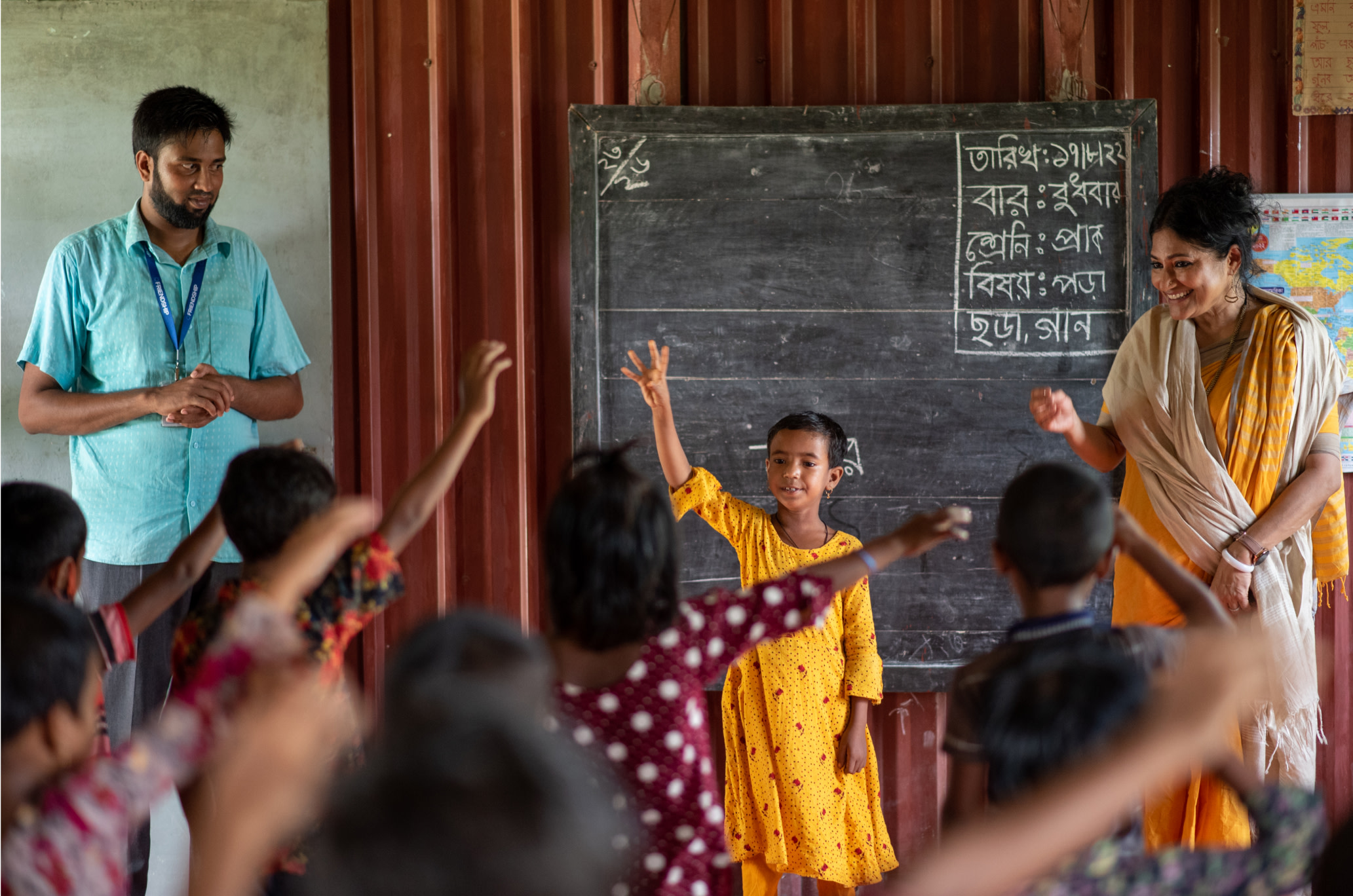As they get older, more girls drop out of school. Girls in low-income countries drop out at particularly high rates, as shown below.
Data source: UNESCO (2023) Visualizing Indicators of Education for the World (VIEW)
What keeps nearly 120 million girls out of school?
Gender bias
At home, in the classroom and in wider society, deep-rooted beliefs about gender shape practices and policies that limit girls’ opportunities to learn.
Early marriage
Every year 12 million girls are married before they turn 18. Girls who are married typically stop going to school.
Poverty
Families who can’t afford school fees are more likely to send boys than girls to school.
Gender-based violence
Approximately 60 million girls annually are sexually assaulted on their way to or at school, significantly impacting their learning and attendance.
Education quality
Poor education quality prevents students from learning what they need to thrive in today’s world and reinforces gender discrimination in school and society.
Conflict
Girls living in areas with conflict are 90% more likely to be out of secondary school than girls in areas without conflict.
Distance
Governments in lower-income countries lack the funds to provide good quality secondary schools and teachers where girls need them.
Climate change
By 2025 climate change will be a contributing factor in preventing at least 12.5 million girls from completing their education each year.
Why invest in girls’ education?


Quality education challenges gender beliefs and discrimination and increases girls’ ability to choose their own futures. When they can fully participate in society, politics and the economy, educated girls and women reshape gender roles and advocate for their own rights.

Educated women provide vital skills and knowledge to the workforce, driving economic growth and innovation. Women with secondary education earn almost twice as much as women with no education. When women earn more, they uplift their families and contribute to national economies.

Education equips girls with the know-how to help communities adapt to and mitigate the effects of climate change. In countries that invest in girls’ education, significantly less people die from droughts and floods than in countries with lower levels of girls’ education.

When girls are educated, communities are healthier and experience less maternal and child deaths. Women with secondary education make better health care decisions for themselves and their families. They are more likely to identify needed improvements to public services in their communities.
The fight for girls’ education won’t be won by girls alone. Play your part.


